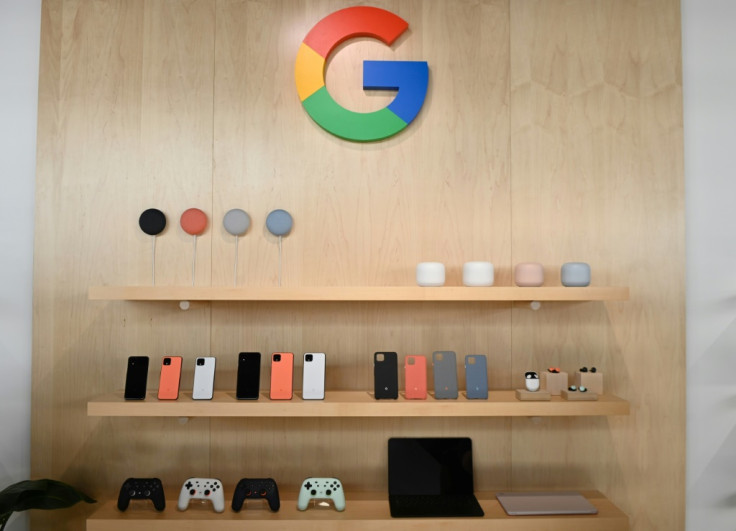Pixel lineup getting foldable model in 2021 according to leaked Google internal documents
Although the majority of tech pundits point out the inherent problems of flexible displays, it seems these types of devices are here to stay.
After months with little to no communication from Google, the Pixel 4a was finally unveiled. Moreover, a 5G version is apparently on the way and will probably launch alongside the Pixel 5 and Pixel XL later this year. Given the difficulties encountered by manufacturing facilities around the world due to the coronavirus outbreak, many tech companies have reported shipment delays. Based on reports, it is likely that the latter three might hit retailers before the year ends. Meanwhile, a new set of leaks appear to have just revealed the Pixel 5a and a foldable Pixel smartphone.
Although the majority of tech pundits point out the inherent problems that continue to plague flexible displays, it seems these types of devices are here to stay. Samsung even introduced follow-up models such as the Galaxy Z Flip 5G and Galaxy Z Fold 2. Motorola, on the hand, is supposedly working on a sequel to the revamped RAZR.
Therefore, it might not be strange for Google to expand its handset lineup with something innovative in 2021. According to 9to5Google, Google has been experimenting with flexible display technology since the Pixel 3 was released. However, the internet search group's engineers claim that there was no rush to push one out into the mobile phone market at the time.
Equally interesting are the details contained by leaked internal documents, which list several product codenames. Sources claim the Pixel 5a is tagged as "barbette," while the remaining ones were noted as "oriole," "raven," and "passport." Many believe that the first two are possibly the Pixel 6 and Pixel 6 XL, while the latter might be the rumoured foldable Pixel model.
All three were reportedly pegged for a fourth-quarter release window in 2021. "We're definitely prototyping the technology. We've been doing it for a long time," said the former head of Pixel smartphone development Mario Queiroz.

"The use case is going to need to be something where you go, 'Hey, I definitely need to have this.' Right now, you don't need to have a foldable. It's kind of a 'nice-to-have,'" he added. By the time it launches, handsets with flexible displays might already be a mainstream segment instead of a niche.
© Copyright IBTimes 2025. All rights reserved.





















